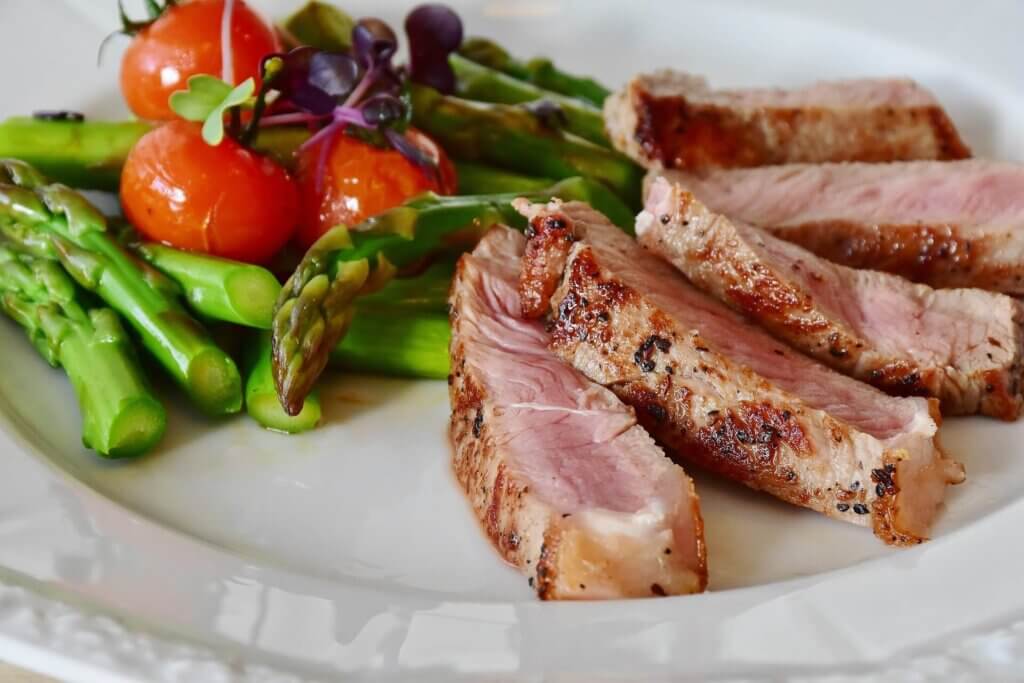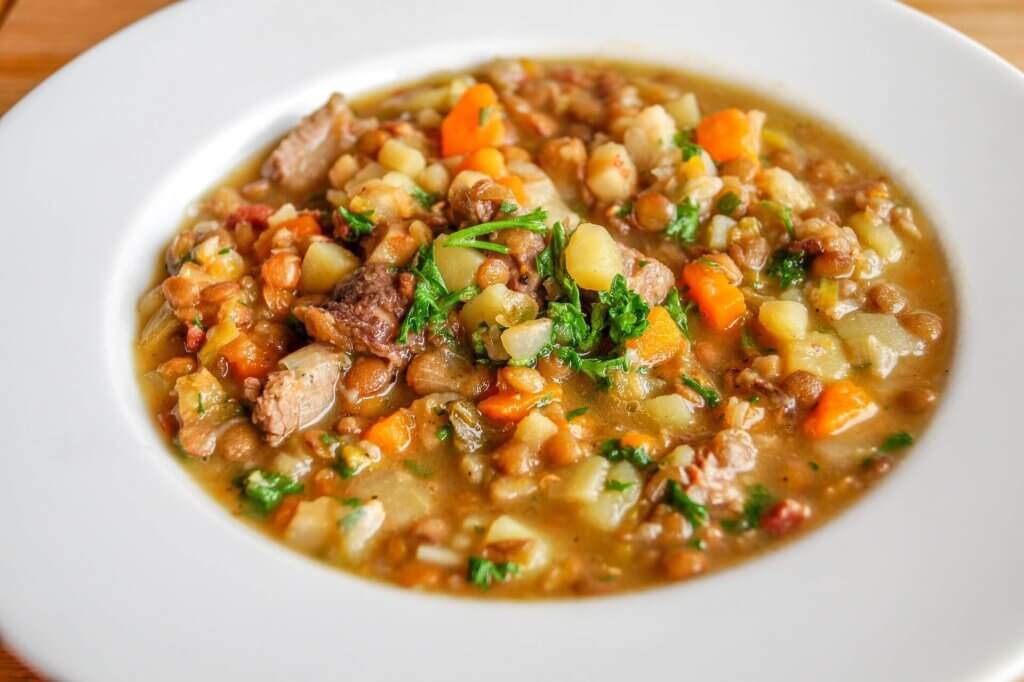There ketogenic diet it falls into the broader category of high-protein diets, characterized by a consumption oriented towards proteins and fats, with a reduction or elimination of carbohydrate intake. The aim is to induce the metabolism to burn body fat as an energy source, with a double effect: on the one hand you lose weight and on the other you tend to lose weight without going hungry as in diets based on calorie control.
It is a very popular diet among sportsmen, as it allows the introduction of those macronutrients which guarantee an enhancement of muscle mass. In fact, the metabolism burns the fat deposits, while protein intake provides the muscle mass with the support it needs to maintain and grow.
All of this, as we have just said, without going hungry. Sounds great, yeah, but where's the catch? No tricks, just be careful to change your eating habits to avoid excessive intake of carbohydrates. In this article, we'll tell you how to do it and which foods to avoid on keto.
Ketosis: how the ketogenic diet works
The functioning and success of the ketogenic diet is all based on the state of ketosis, i.e. the production of ketones. But what are we talking about?
Ketosis is the metabolic process whereby cells produce energy by burning fat instead of carbohydrates. This through the metabolization of glucose and fatty acids. In truth it is not that simple: glucose is necessary for the correct functioning of the metabolism, and the one naturally produced by our body is not sufficient. Therefore, it is still necessary to introduce carbohydrates. This intake, however, is minimal compared to the intake that would occur in traditional diets.
Ketones are produced with the metabolism of fatty acids, i.e. during their oxidation. The ketone bodies can then be further oxidized, both by the muscles and by the internal organs and by the heart - while the brain uses them to a lesser extent - or they are disposed of with breathing or urination. The latter, in particular, must be kept under control as the increase of ketone bodies in the blood tends to increase the work of the kidneys.
However, if the new diet is combined with physical activity, even moderate, this favors the oxidation and disposal of ketones, avoiding overloading the body.
Well, now that we know how ketosis works, we'll try to check together how to force the metabolism to reach this state. The secret? Vary the type of food to eat, ensuring that the body is devoid of carbohydrates to burn. We therefore find allowed foods, and foods to avoid.
Keto diet: allowed foods

An important aspect to take into consideration in the context of the ketogenic diet is that, unlike diets based on calorie control, it is a diet in which you cannot simply 'go wrong' and then correct yourself the next day. It is, in fact, necessary to pay attention to the foods that make us enter the state of ketosis, and avoid those that take us out of this state.
In general, meals should be divided into: 10% carbohydrates, 20% proteins and 70% fats. We must therefore prefer foods rich in fats (good fats), low in carbohydrates, and with an adequate protein content. If it seems almost impossible, consider that most of the foods we know meet these needs:
- Fish and shellfish;
- Non-starchy vegetables;
- Cheeses and dairy products;
- Unsweetened fruit such as avocado
- Meat and eggs;
- vegetable oils;
- Dried fruit;
- Spices;
- Tea and coffee.
If you have the impression that you are reading what you normally eat, know that it is not just an impression. The Italian diet is, in fact, naturally rich in the macronutrients required by the ketogenic diet and this allows us not only to lose weight, but to do so by taking fresh, quality foods, also rich in vitamins and mineral salts.
If you want to enter ketosis, therefore, you just need to follow a diet based on these foods. And if you want to stay there, you have to be careful not to combine them with foods that are not recommended. So what foods to avoid on keto? We will talk about it in more detail in the next paragraph.
What foods to avoid on keto
Going to the supermarket or specialized shops – which you will certainly tend to frequent if you are a sportsman – you will happen to read the words 'keto friendly' or similar on the packaging of some foods. This is because companies specializing in the production of diet foods have 'updated' by moving towards an offer of products that tempt those who are following the ketogenic diet and must avoid them (we all know that the more they tell us not to eat something, the more we want it ).

The advice is to also avoid keto friendly foods. Grab a pen and paper (or even a printer) and memorize which foods to avoid on keto. The more you avoid them, the more your diet will prove to be not only effective, but also fast.
- Bread, pasta, sweets, rice;
- All types of flour, even wholemeal and protein ones;
- Starchy vegetables like potatoes and squash
- The apparently protein products but processed and industrial, such as frankfurters;
- Fruit with the exception of avocado and berries;
- Spirits and sugary drinks (only sparkling water allowed);
- Legumes;
- Margarine.
If you are careful about these foods, keeping them off your meal plan as much as possible, the success of your keto diet is assured.
One last piece of advice: how to compensate for food shortages

The ketogenic diet does not cause nutritional deficiencies. However, they can occur if you are favoring some foods over others, for example if you suffer from intolerances. What to do then? You can help yourself with food supplements based on mineral salts, vitamins, fatty acids, etc.
Also remember that even if going overboard is never recommended – not even in low-calorie diets – it's not a tragedy if you allow yourself some carbohydrates for one day, perhaps because it's a party or an emergency. It's even possible that the amount of sugar you eat won't get you out of ketosis. But even if this should happen, just resume the diet and be careful for a few days to get back into ketosis.
And now, enjoy your new line!




